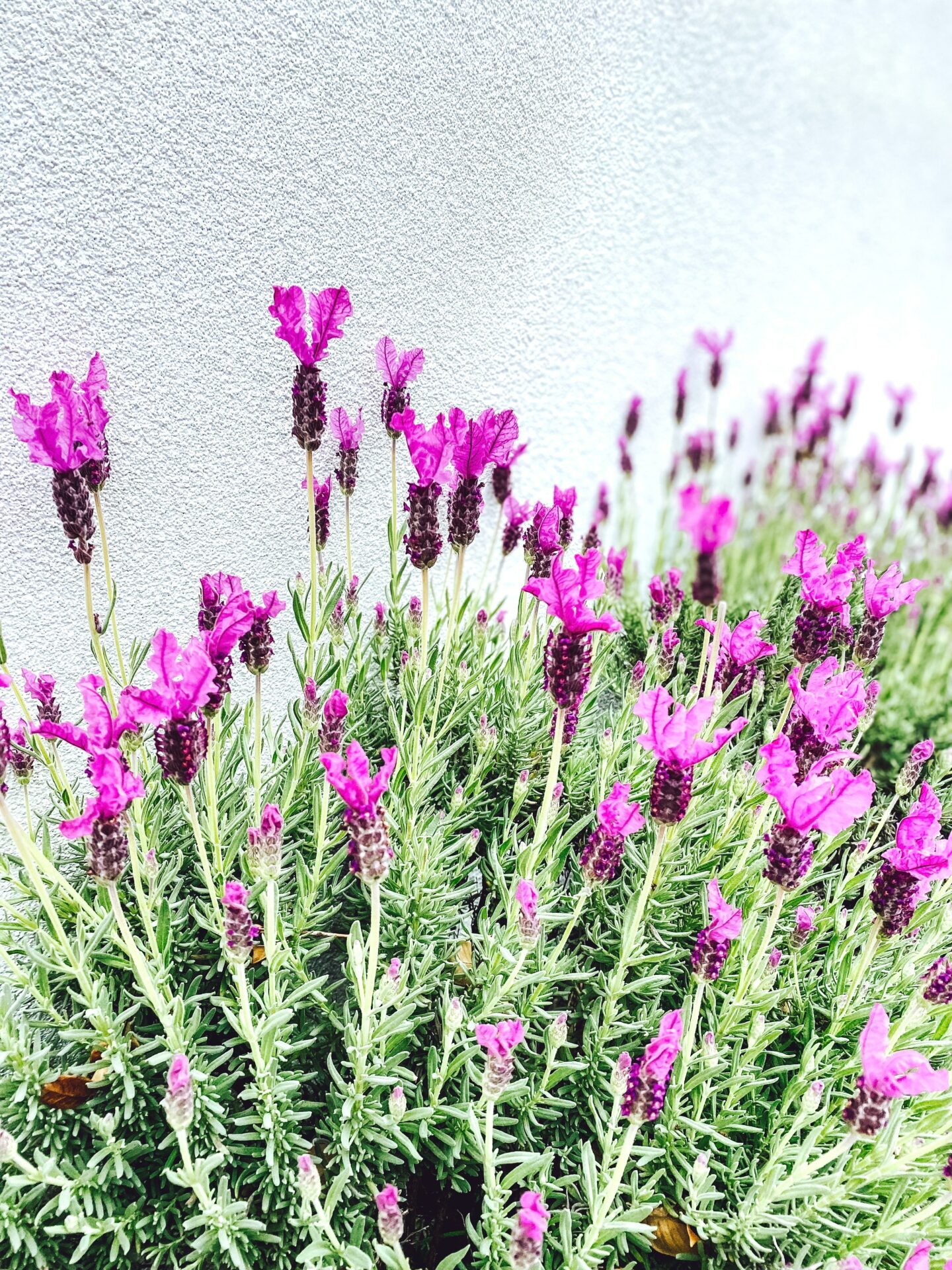Botanical Description:
Scientific Name: Rhamnus cathartica (Common Buckthorn), Rhamnus frangula (Alder Buckthorn)
Family: Rhamnaceae
Common Names: Buckthorn Bark, Common Buckthorn, Alder Buckthorn
Description: Buckthorn is a deciduous shrub or small tree that belongs to the Rhamnaceae family. Common Buckthorn (Rhamnus cathartica) and Alder Buckthorn (Rhamnus frangula) are two species commonly used in herbal medicine. The bark is the part of the plant that is primarily utilized. Common Buckthorn has dark purple-black berries, while Alder Buckthorn bears red berries. The bark is characterized by its bitter taste.
Disclaimer:
This Materia Medica is provided for informational purposes only and should not replace professional medical advice. Please consult with a qualified healthcare practitioner or herbalist before using any herbal remedies.
Therapeutic Actions:
- Laxative: Buckthorn bark is traditionally used as a laxative, stimulating bowel movements.
- Cathartic: It has stronger cathartic effects, promoting more significant bowel evacuation.
- Bitter Tonic: The bitterness of Buckthorn contributes to its use as a bitter tonic to stimulate digestion.
- Anthraquinone Effects: Buckthorn contains anthraquinone compounds that contribute to its laxative properties.
- Liver and Gallbladder Support: It is used to support liver and gallbladder function, aiding in bile secretion.
Constituents:
- Anthraquinones: Buckthorn contains anthraquinone glycosides, such as emodin and frangulin, responsible for its laxative effects.
- Tannins: Tannins provide astringency and may contribute to the herb’s bitter taste.
- Flavonoids: Flavonoids in Buckthorn may have antioxidant properties.
- Resins: Resins in Buckthorn contribute to its cathartic actions.
Traditional Uses:
- Constipation: Buckthorn bark is historically used to relieve constipation, promoting bowel regularity.
- Colon Cleansing: It has been employed for colon cleansing and detoxification purposes.
- Digestive Tonic: The bitter properties of Buckthorn make it useful as a digestive tonic to stimulate appetite and improve digestion.
- Liver and Gallbladder Disorders: Buckthorn is used to support liver and gallbladder function, addressing conditions such as sluggish bile flow.
- Hemorrhoids: In some traditional systems, Buckthorn is applied topically or used internally for addressing hemorrhoids.
Dosage and Preparation:
- Decoction: Prepare a decoction by simmering 1-2 teaspoons of dried Buckthorn bark in water for 10-15 minutes. Drink once a day.
- Tincture: Buckthorn tinctures are available. Follow product recommendations or herbalist advice for dosage.
- Capsules: Capsules containing Buckthorn extract are available, and dosages should be followed as per product guidelines.
- Topical Applications: For topical use, Buckthorn bark can be infused into oils or included in salves for specific skin conditions.
Cautions and Considerations:
- Short-Term Use: Buckthorn is typically recommended for short-term use only, as prolonged use may lead to dependence and potential side effects.
- Dehydration: Excessive use of Buckthorn may lead to dehydration, electrolyte imbalances, and dependence on laxatives for regular bowel movements.
- Pregnancy and Lactation: Pregnant and lactating individuals should avoid Buckthorn due to its potential effects on uterine contractions and possible transfer to breast milk.
- Medical Conditions: Individuals with gastrointestinal conditions, such as irritable bowel syndrome (IBS) or inflammatory bowel disease (IBD), should avoid Buckthorn.
Conclusion:
Buckthorn bark, with its laxative and cathartic properties, has a historical role in herbal medicine for addressing constipation and supporting digestive function. However, caution is essential due to potential side effects and dependence associated with long-term use. Consulting with a qualified healthcare practitioner or herbalist is crucial to determine appropriate dosages and duration of use, ensuring safe and effective incorporation of Buckthorn into holistic health practices.





